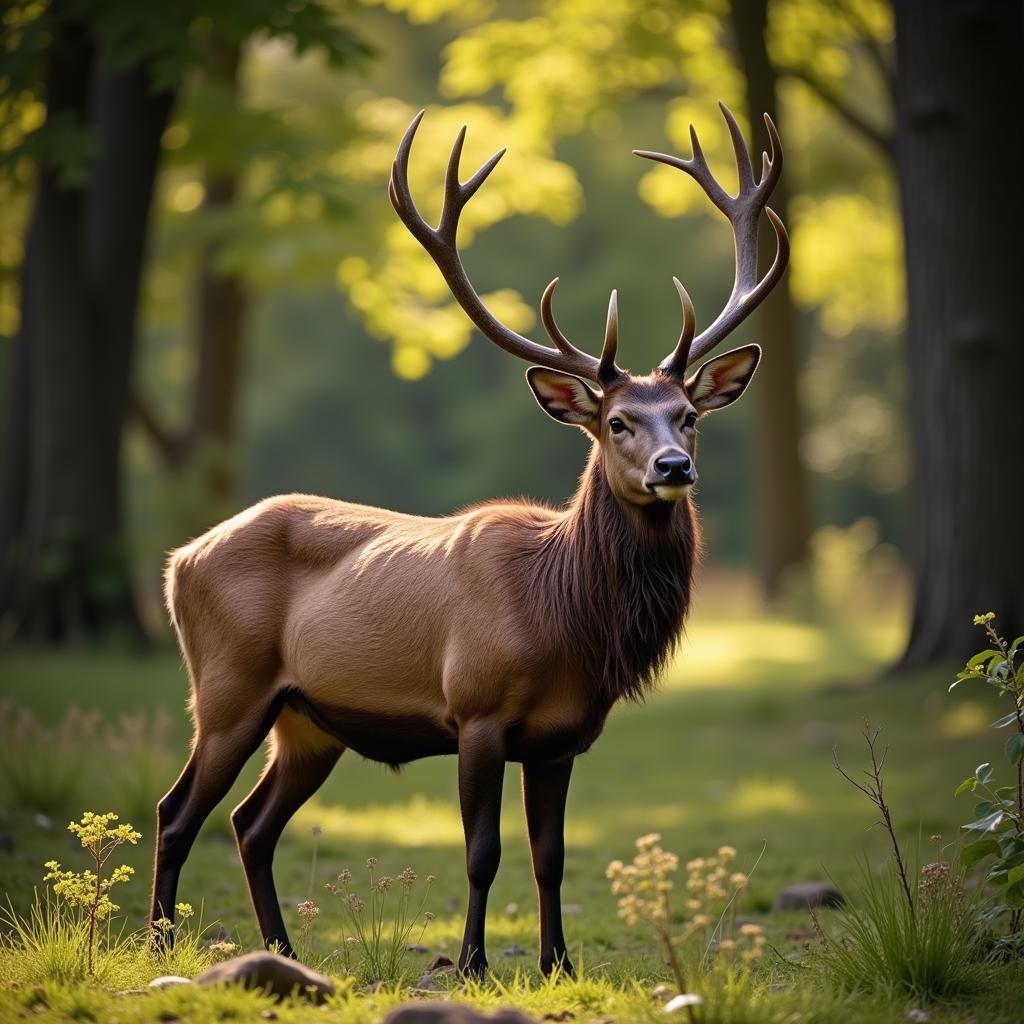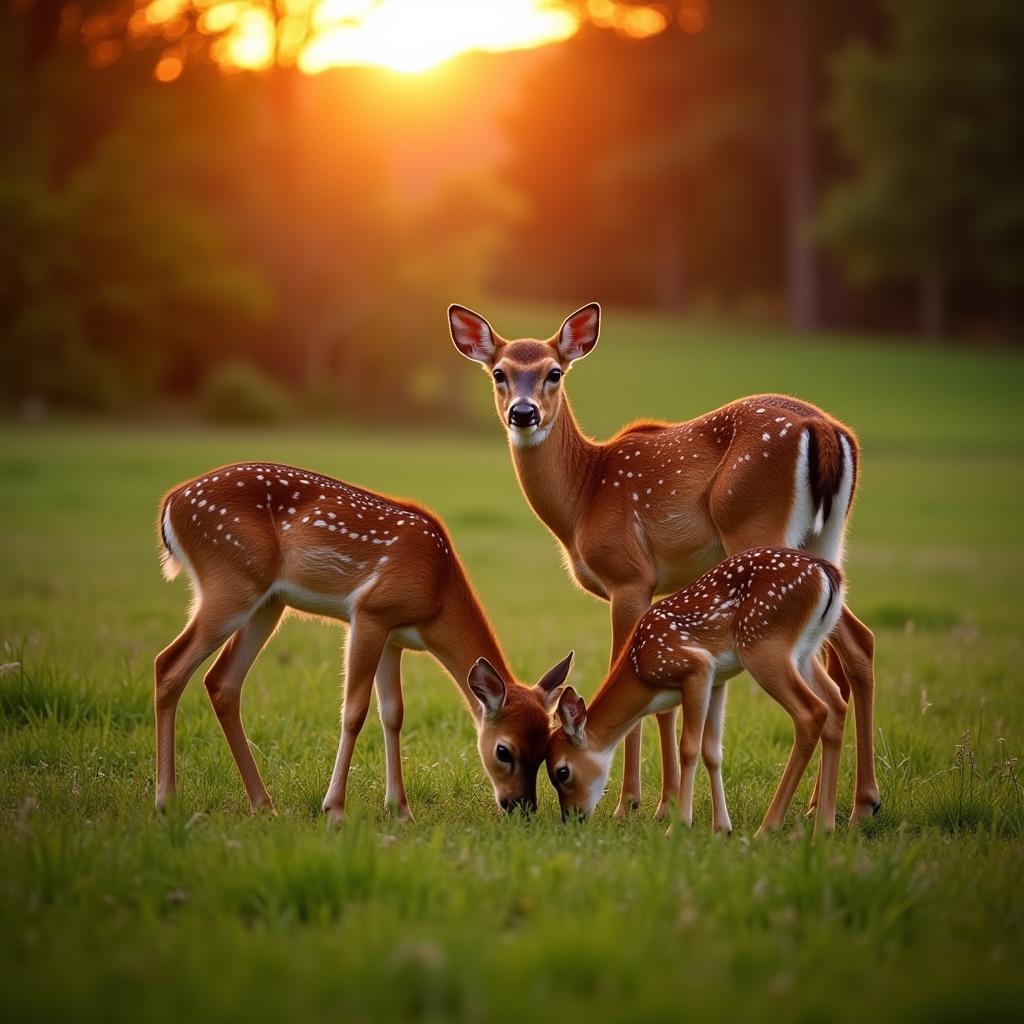Deer have an exceptional sense of smell, often touted as being hundreds of times stronger than a human’s. This keen sense is crucial for their survival, allowing them to detect predators, find mates, and locate food sources. But just how far can a deer smell food? The answer, as with many things in nature, isn’t so simple.
 Deer sniffing the air in the forest
Deer sniffing the air in the forest
Factors Influencing a Deer’s Sense of Smell
While there’s no magic number, several factors contribute to how far a deer can detect food odors:
- Wind direction and speed: This is the most significant factor. A steady breeze can carry the scent of tasty treats for miles, while still air keeps the aroma localized. Imagine a bakery downwind from a hungry deer—a recipe for irresistible temptation!
- Terrain: Open fields allow scents to travel further with fewer obstacles, while dense forests can trap and diffuse smells. Picture a bowl of freshly picked apples in an open meadow versus a bowl hidden deep within a thicket.
- Food type: Strong-smelling foods like apples, acorns, and salt licks have a more extensive scent radius compared to less pungent options. Think of it like comparing the aroma of freshly baked bread to that of plain rice.
- Deer’s individual sensitivity: Just like humans, some deer may have a naturally keener sense of smell than others. This variation can depend on factors like age, health, and even genetics.
 An apple on the ground near a forest edge
An apple on the ground near a forest edge
Debunking the “Hundreds of Times” Myth
The claim that deer can smell “hundreds of times” better than humans, while commonly repeated, is a bit of an exaggeration. Scientific research suggests their sense of smell is closer to 10 to 20 times stronger than ours. While still impressive, this difference highlights the importance of understanding the nuances of scent dispersal rather than relying on inflated figures.
How Hunters and Gardeners Can Use This Knowledge
Understanding a deer’s sense of smell has practical implications:
- Hunters: Strategic placement of scent attractants downwind from their stand can lure deer in, while managing their own scent through scent-eliminating products and wind direction awareness is crucial for remaining undetected.
- Gardeners: Protecting vulnerable plants involves choosing naturally deer-resistant varieties and employing barriers or repellents. Placing highly aromatic plants like lavender or rosemary around the garden perimeter might also mask the scent of desirable crops.
Beyond Food: The Power of Scent in a Deer’s World
A deer’s sense of smell isn’t just about finding food; it’s woven into the fabric of their daily lives. Mothers identify their fawns by scent, males detect receptive females during mating season, and the entire herd relies on scent to navigate their territory and avoid danger.
 A deer family grazing in a meadow
A deer family grazing in a meadow
Still Curious About Deer and Their Remarkable Senses?
For more fascinating insights into the world of deer, feel free to browse other articles on our website. Have specific questions? Our team of experts is always happy to help! You can reach us at Phone Number: 02437655121, Email: minacones@gmail.com or visit us at 3PGH+8R9, ĐT70A, thôn Trung, Bắc Từ Liêm, Hà Nội, Việt Nam. We have a 24/7 customer service team ready to assist you.